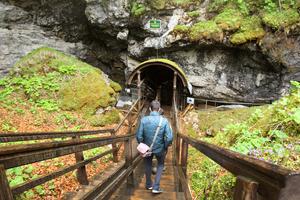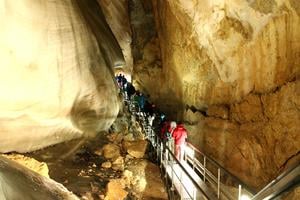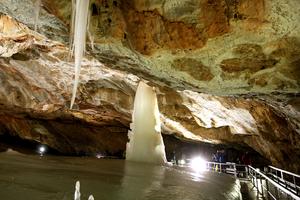The amount of ice in the Dobšinská Ice Cave, eastern Slovakia, increases as well recedes, depending on the climate and the effects caused by cave visitors.
For now, the condition of ice in the cave is stable, shows data obtained from extensive multidisciplinary research by scientists of the Slovak Academy of Sciences (SAV).
Detailed travel guide to the Tatras introduces you to the whole region around the Tatra mountains, including attractions on the Polish side.
"After more detailed research, the initial estimates of the amount of ice in the cave turned out to be surprisingly accurate: with a volume of 115,000 to 120,000 cubic metres, refined by more modern methods to 110,000 m3 in 1995, the cave is one of the largest in the world," said Earth Science Institute Director Ján Madarás, as quoted by the TASR newswire.
He added that the current ice has a maximum thickness of around 25 metres.
The oldest ice in the cave is approximately 2,600 years old, according to the SAV.
"We have the first georadar measurements of the thickness and characteristics of ice from 1995. Compared to the results of regular measurements from the 2011/2012 season, ice has decreased by one to two metres in some parts of the cave, but has increased in others," said Madarás.
He explained that at the time of the cave's discovery, its entrance was also covered by ice. There is currently none there.
"On the contrary, a continuous layer of ice with a thickness of several metres is currently located in the lower parts of the cave, which were not glaciated at the time of discovery," the scientist pointed out.
Changes in the ice environment are influenced by the presence of visitors and technical operation. According to SAV, negative impacts can be mitigated by strict seasonal visiting regulations, as well as by technical changes in lighting. In the cave, they apply a set of geodetic and geophysical measurements because ice develops dynamically, reacts to seasonal changes, moves, melts, grows, sublimates.
"The purpose of the measurements is to determine the thickness and volume of the ice massif in different parts of the cave, to record changes in the thickness of the ice at the same locations - the dynamics of the ice, its melting or increase in different parts of the cave," said the geologist.
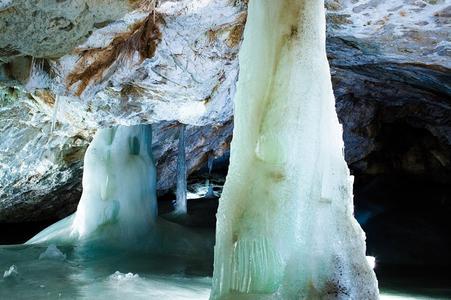
The Dobšinská Ice Cave has the advantage of being located in the northern part of Slovak Paradise National Park. From a long-term climatic point of view, it belongs to the coldest locations in Slovakia up to an altitude of 1,000 metres.
However, SAV pointed out that due to shorter winters, milder winters with a decreasing number of very cold days, shortening of cold days, with poorer snow cover, richer summer precipitation and also the influence of tourism, changes underground may occur in the long term.
"Therefore, the detailed long-term monitoring of the ice is extremely necessary," the expert concluded.
Spectacular Slovakia travel guides
A helping hand in the heart of Europe thanks to the Slovakia travel guide with more than 1,000 photos and hundreds of tourist spots.
A detailed travel guide to the Tatras introduces you to the whole region around the Tatra mountains, including attractions on the Polish side.
Lost in Bratislava? It's impossible with our City Guide!
Selected travel articles, podcasts, travellers' needs as well as other guides dedicated to Nitra, Trenčín Region, Trnava Region and Žilina Region.



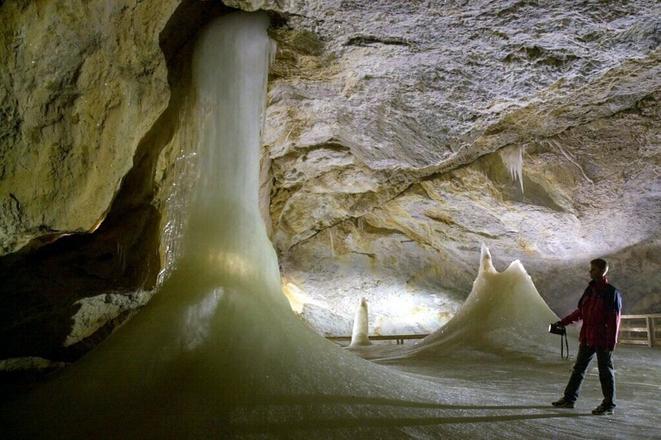 Dobšinská Ice Cave. (source: TASR)
Dobšinská Ice Cave. (source: TASR)
